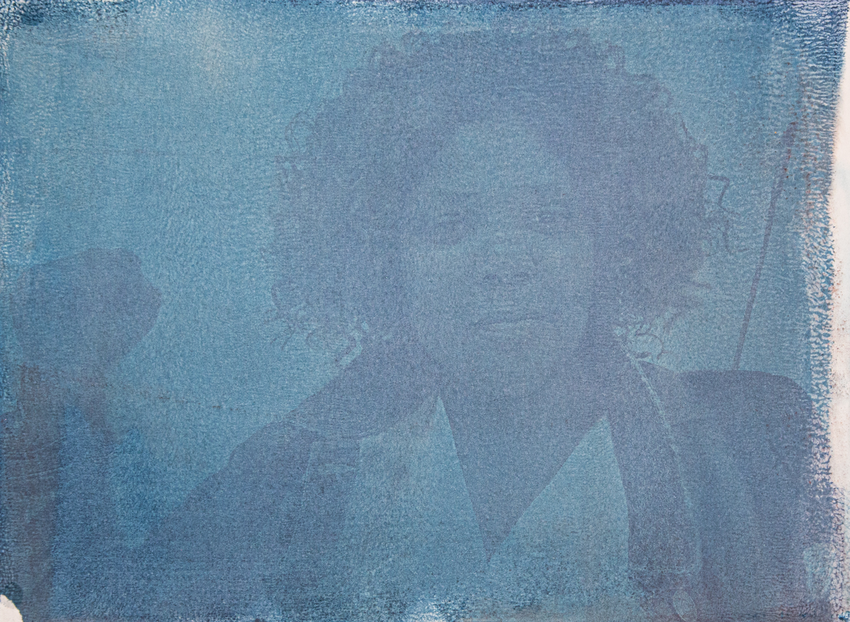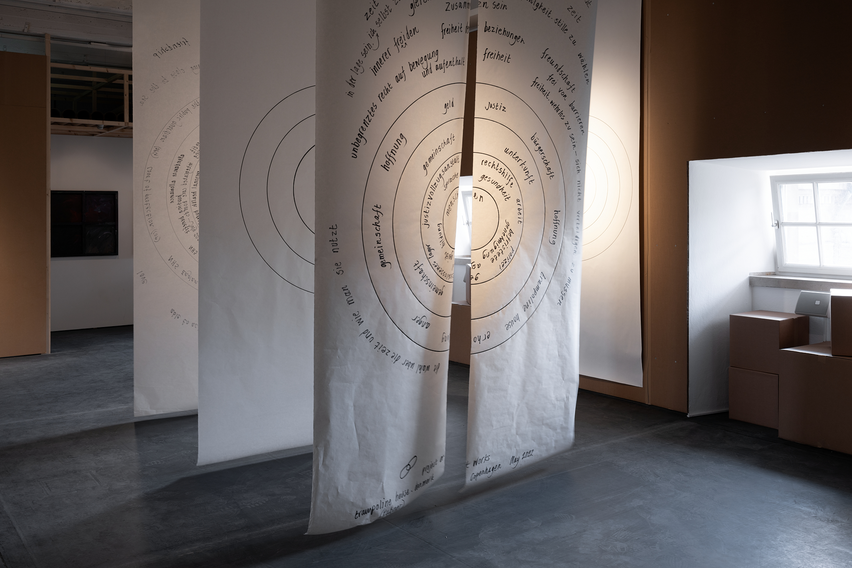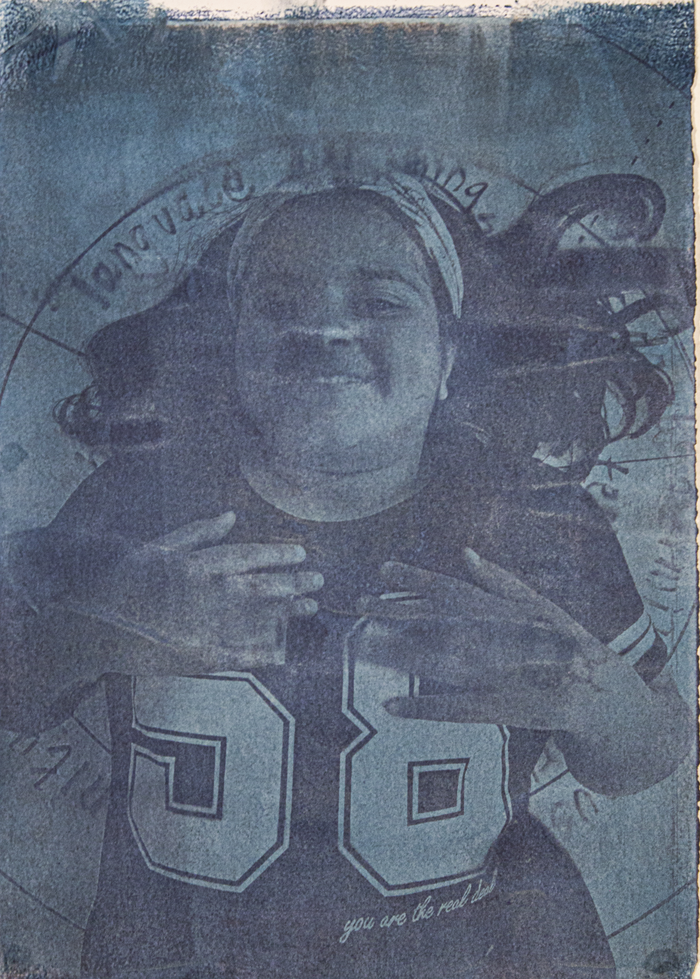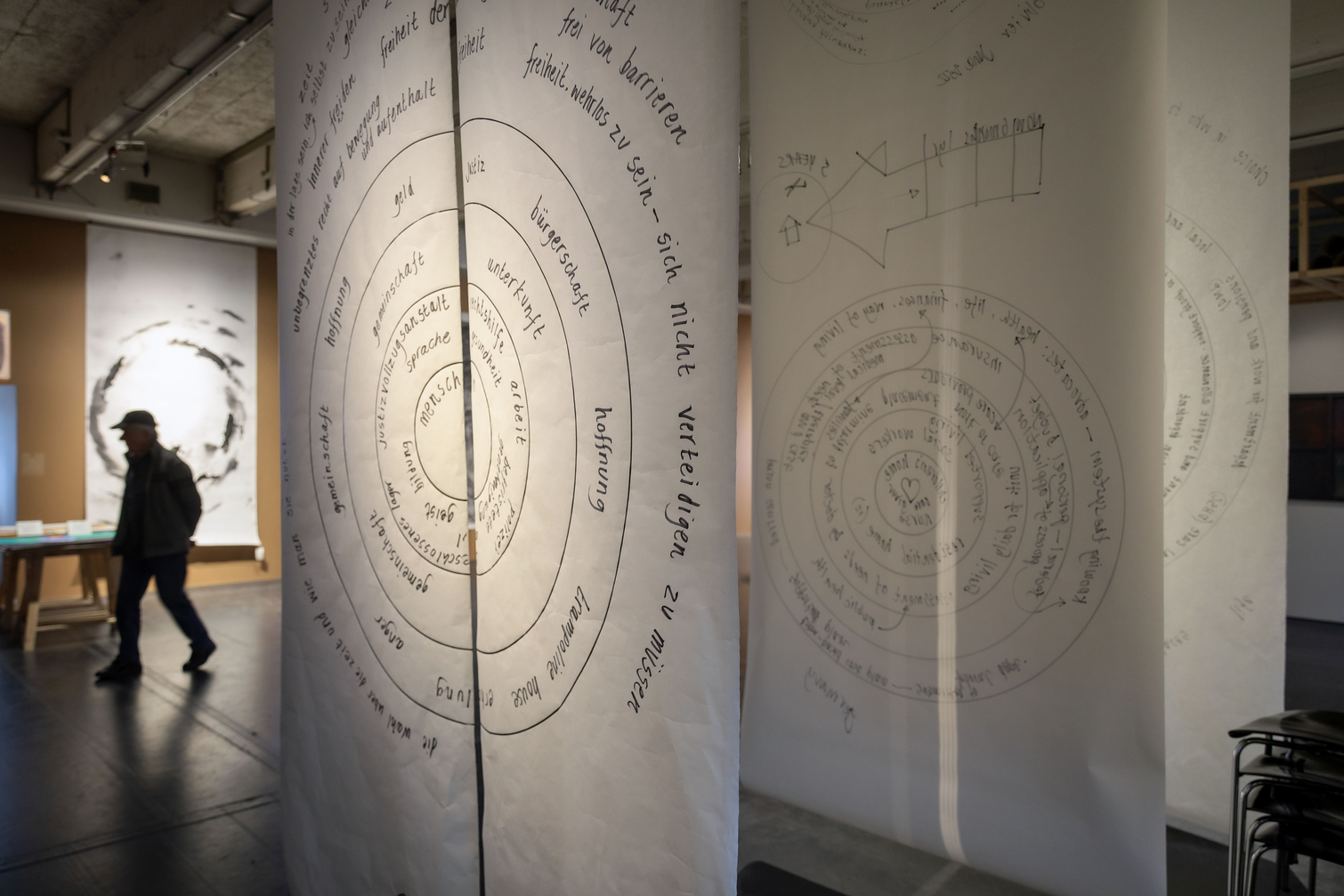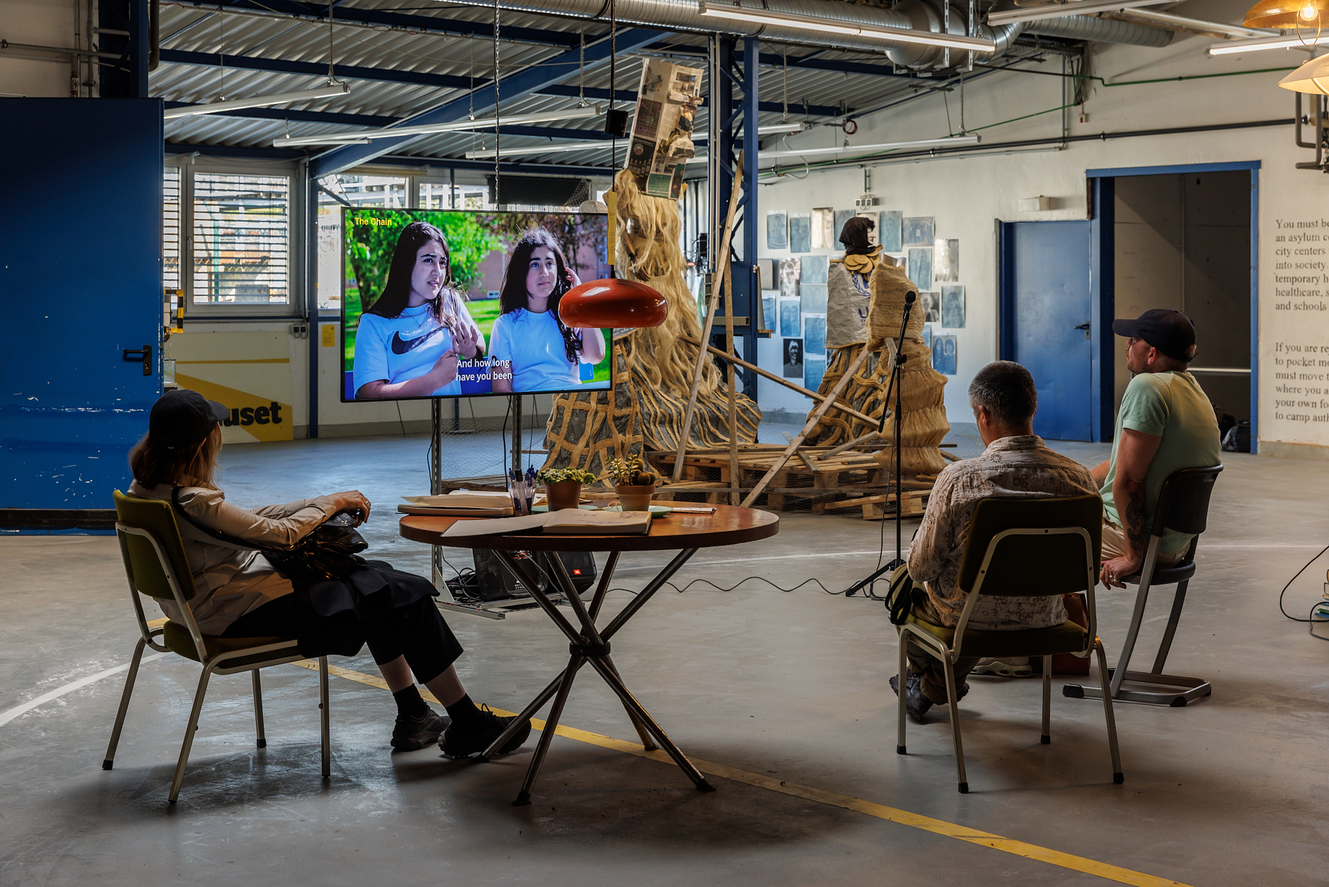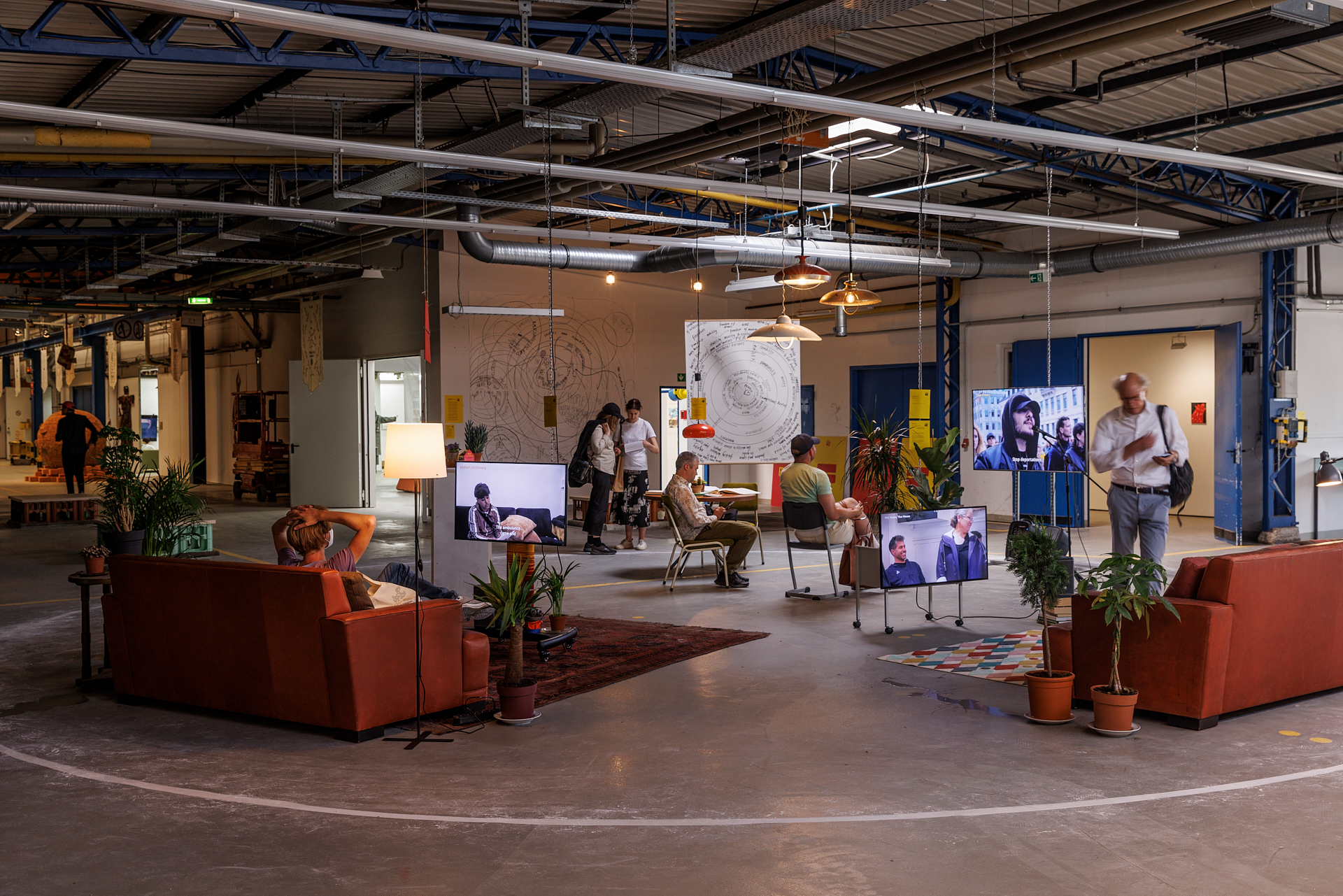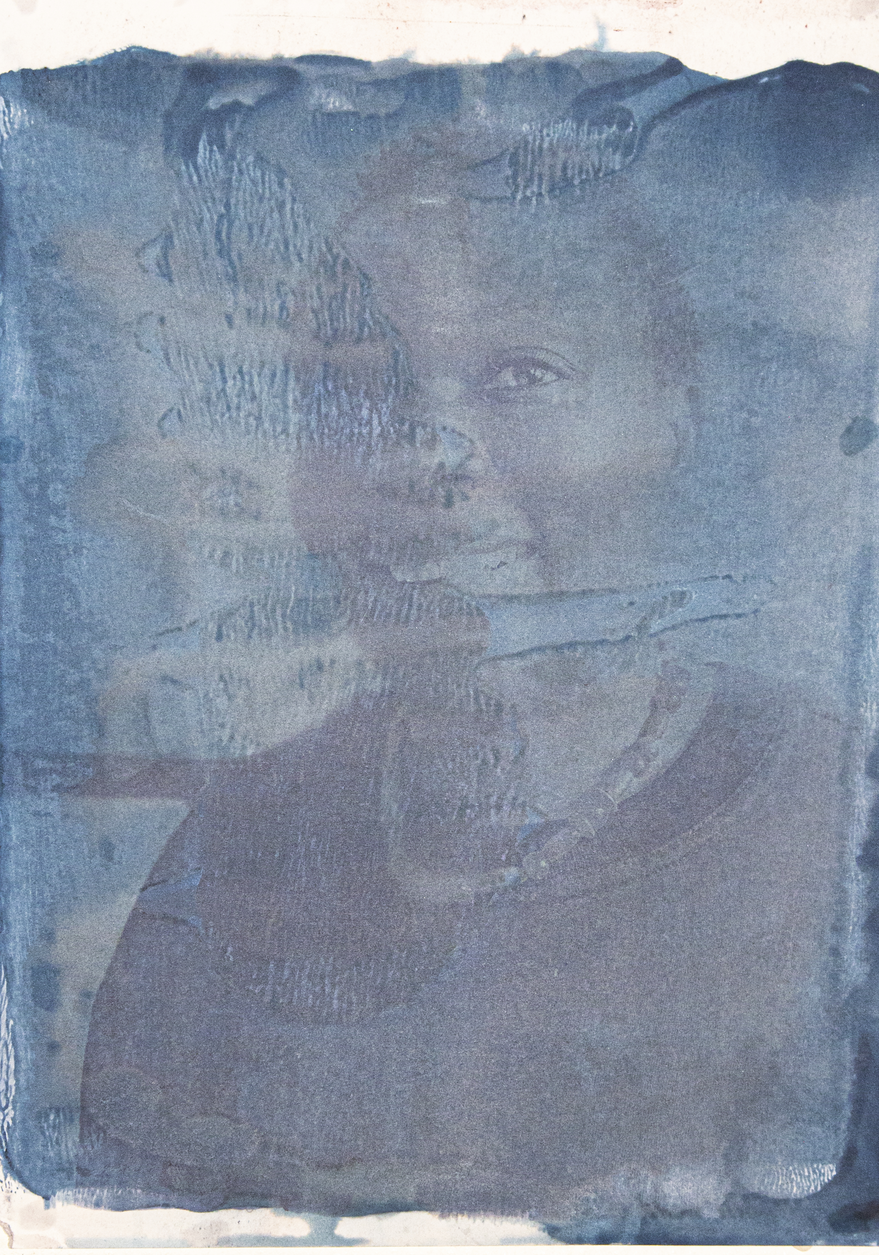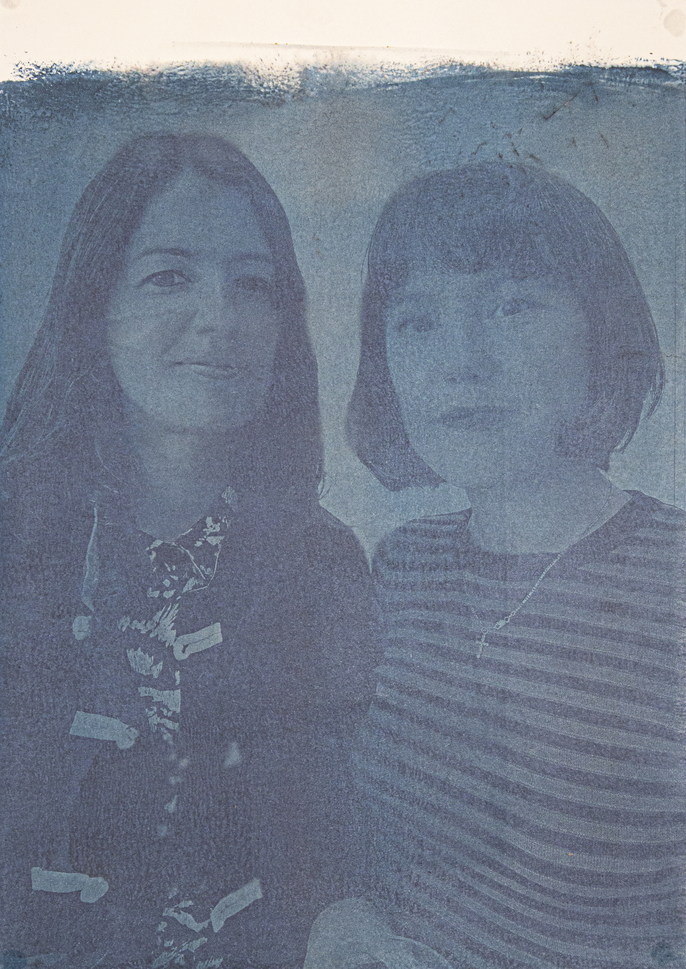‘We don’t separate advocacy and artistic work: the art is not ‘somewhere’, it is a creative force that affects our lives’.
Kate Adams. Where is the Art?, Project Art Works public programme for documenta fifteen, Herbert Art Gallery, Nov 2021
Circle V. Traces. documenta fifteen
Trampoline House (Hübner) & Project Art Works (Fridericianum)
Kassel, June - September 2022
For us, it’s about using art as a tool to mobilise something bigger than art. We are very transparent about the fact that art, to us, is a tool as well as our place of origin: the means to an end. We all found our inspiration to create Trampoline House after a long affair with more traditional ways of curating, making and exhibiting art. At the same time, this is the spirit in which the Indonesian collective ruangrupa are curating this year’s documenta: their experiment – because documenta itself really is an experiment this year – aims to bring together different artistic collectives across the world and start a two-year long process of working together that doesn’t finish after the exhibition is over, which is usually the case. There is an intention to influence not just the product of documenta – the art exhibition – but its economic structures, to challenge the biennial logic and to create alternative infrastructures for making art and sharing knowledge and resources. So in a way, we are all moving from the question of whether it is art to the question of what we can do with art and with its structures – how we can affect social change.
Tone Olaf Nielsen in conversation with S. Alberani and C. Mir, November 2020.
‘Our work is about generating an environment that is a creative proposition. When we map a city that we work in, we try to create relationships between social care and art institutions. We talk to everyone, from the director to the cleaner. The work is more about the process of reflecting on people’s lives in an artistic setting - the language of art works as a language that curators understand, and the artwork becomes a tool to reframe the way that people who make it are valued. Culture changes their status, but the art is the conversation that takes place. It’s just that it’s done in a different way: artistic tools become conversation tools. Working this way, our practice becomes more collaborative, more immersive, more impulsive, more collaborative. The art, in other words, is the conversation. What is understood as ‘art’ - the painting, the film, the picture - becomes a trace, a tool, and a language.’
Tim Corrigan in conversation with Carlota Mir, 7 November 2022
